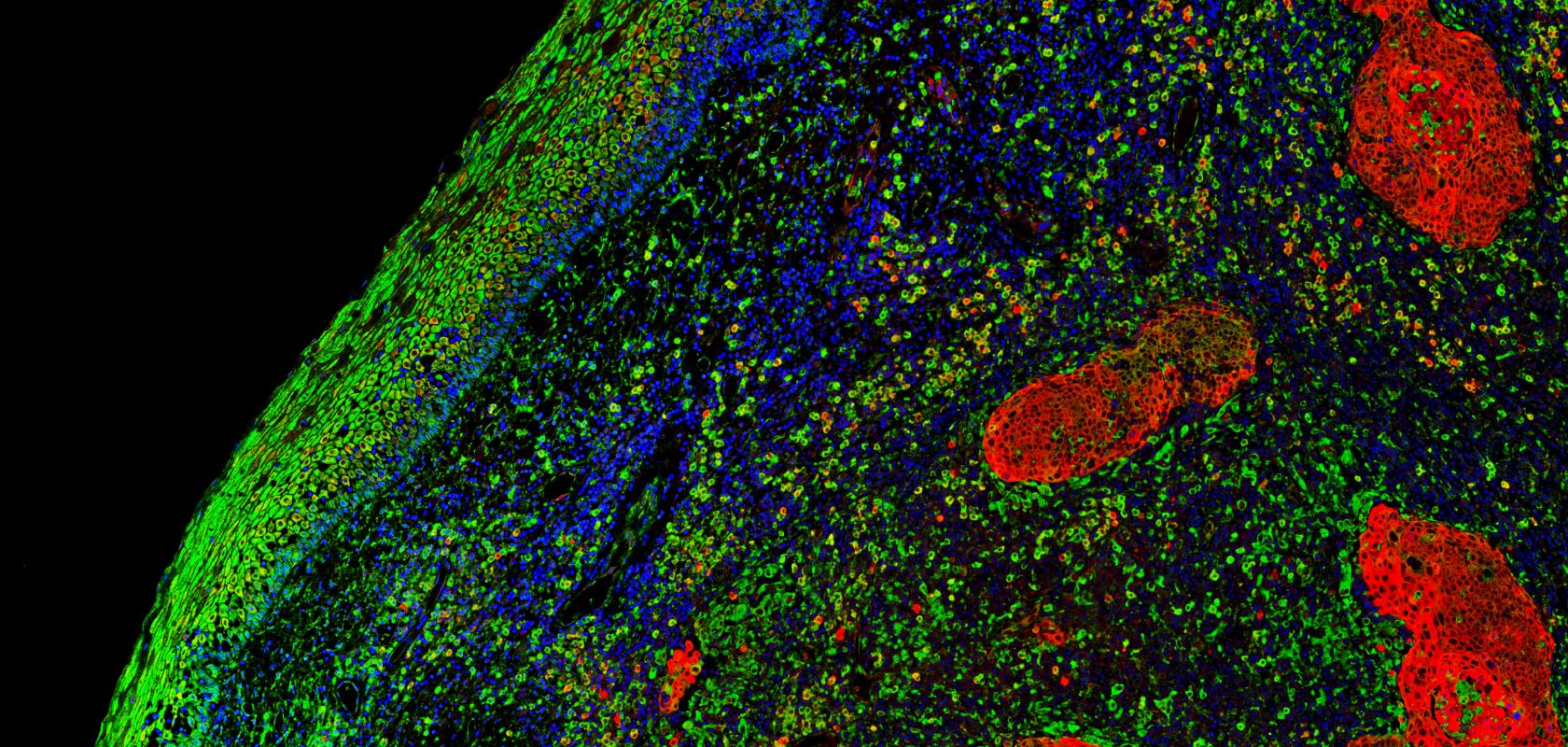Innovations in photonics have helped to advance the life sciences in many ways, enabling such high-resolution imaging techniques as confocal and super-resolution microscopy, facilitating cellular studies. Optogenetics manipulates cellular activity with light-sensitive proteins, to offer insights into neural circuits and disorders; while biophotonics integrates optics with medicine, enabling non-invasive diagnostics, including optical coherence tomography (OCT) and photodynamic therapy (PDT). Spectroscopic techniques can provide molecular insights; while lasers enable precise surgery and manipulation. Fluorescent labelling is used to enable selective visualisation of molecules, aiding research on gene expression and protein localisation.
In any life science application multiple factors must be considered when it comes to sourcing reliable optical components. Stringent performance requirements, the need for seamless integration and durability are just some of the challenges that must be thought about at the design stage of a project. In many cases, customisation and flexibility can be crucial to tailor components to specific experimental and commercial demands.
Striking the right optical balance for fluorescence measurement
Fluorescence imaging in particular presents the often tricky balancing act of maintaining high signal clarity amid background noise, minimising spectral crosstalk between fluorophores, and mitigating photobleaching and phototoxicity. Often, very precise custom filters, for example, will be required to meet individual projects’ requirements, so suppliers need to possess the design authority and flexibility to accommodate this.
Enter Omega Optical, a company for which flexibility and design authority is second nature. When the firm was approached by a potential customer at an industry trade show that was looking for a true partner, as opposed to an off-the-shelf solution, it was clear that this was a perfect fit.
Steve Washkevich, Application Engineer at Omega Optical explains: “The customer had been trying to find a partner to work with on this project. They sat down with us and said ‘We're doing some things that people don't normally do with optics in this kind of environment, so we really need somebody who's going to work as a partnership rather than just providing us quotes and feedback’.”
Having approached a number of alternative suppliers, the customer found that they weren't always as flexible or accessible as the project would need in terms of trying to problem solve. Washkevich, alongside Markus Fredell, Principal Thin Film Design Engineer at Omega Optical, on the other hand, relish such a challenge, thanks to their years of design expertise, genuine enthusiasm for learning about applications, and curiosity for problem solving.
No one-size-fits-all solution
The customer sat down at that very event and explained their requirements, and the Omega Optical team talked through their own unique approach, with which the customer was very happy. “Following the show,” says Washkevich, “we set up our first phone call with that group to go over what the application was and what their needs were. We spent probably three hours on the phone that day going through their system from top to bottom and looking at all the optics. And even in the course of that day, we made a couple of decisions that ended up changing the way that they used filters and their expectations of layout.”
This is exactly the type of collaborative approach that the customer was looking for, and the two businesses have now been successfully working together for almost two years. Washkevich says: “Once a week we would go through all the different problems, Markus [Fredell] would sit with me, and we’d dissect all of the specifications. We would go back to them later and say: ‘What you're asking for here isn't really possible, so how about this?’ Then we would have a conversation about what effect that would have on their system, and trade back and forth our ideas and where we could make sacrifices.”
Adds Fredell: “A lot of times with these systems that are brought from concept to the actual production, it can be natural to discover things that perhaps weren’t included during the conceptualisation stage. I think the beauty of that, and in the interaction with the customer and internally, is that we're really able to help them not just fully define that issue, but arrive at a real solution that actually works. It's very exciting to be that close to the cutting edge of some of the sciences. I think that's something that we excel at, and something that we really enjoy.”
Washkevich agrees, and attributes much of the dynamic duo’s problem-solving-through-design prowess to their variety of experience. “We've worked in such varied applications, and we had so many difficult problems over the course of our careers that we always walk away with a different way of looking at things. We take on hard problems, and we solve them. As a result, we get better at solving problems we don't know about yet!”
Indeed, problem solving is where the team excels, as Fredell enthuses: “We've been blessed over the decades to have numerous custom projects. Nothing cookie cutter, it’s really custom, interesting and challenging.”
Further information
Find out more about Omega Optical’s design authority when it comes to customised optics for life science applications by visiting the company's website.


